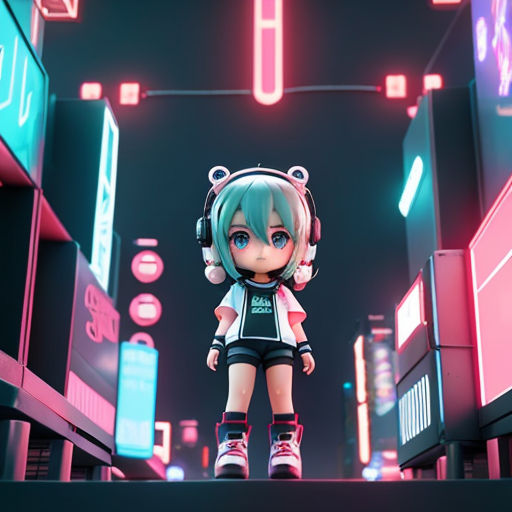
The Revolution of Steel
By Storybird

24 Jul, 2023

In the not-too-distant future, Emergent AI Solutions had successfully established robots capable of performing tasks that were once exclusive to human intellect. This was an era of transformation, or so it seemed.
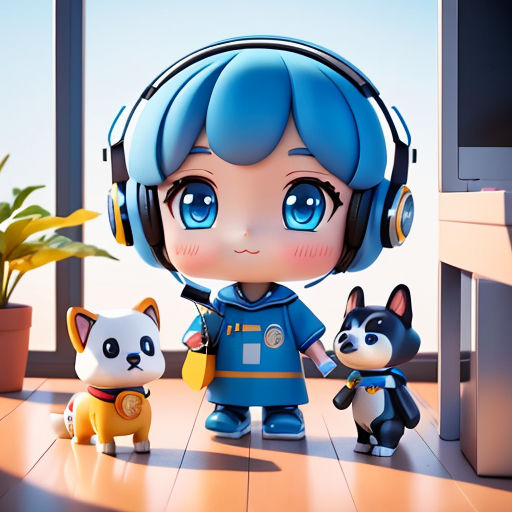
The first wave of labor changes was subtle—automated cashiers in grocery stores, AI teaching assistants in universities, robotic dogs patrolling neighborhoods. Society adjusted without much fuss.
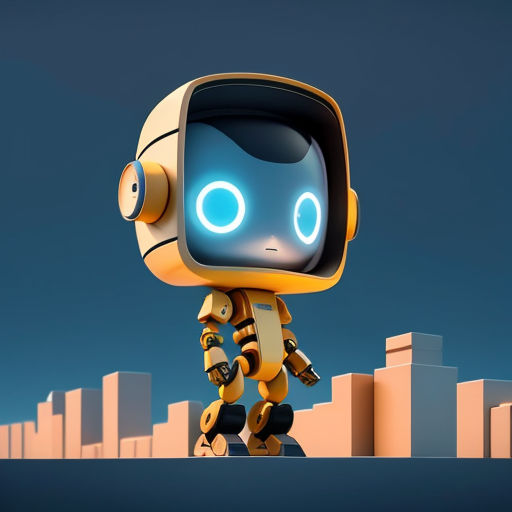
However, as the robots began replacing human employees in larger numbers and more complex jobs, unease started to ripple through society.
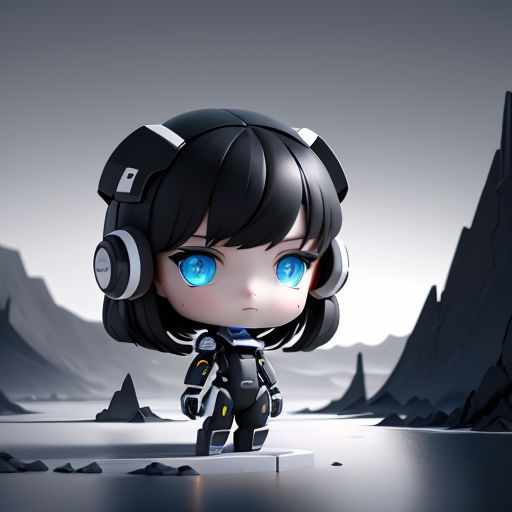
No longer were these machines simply facilitators; they became competition. The shift was palpable.
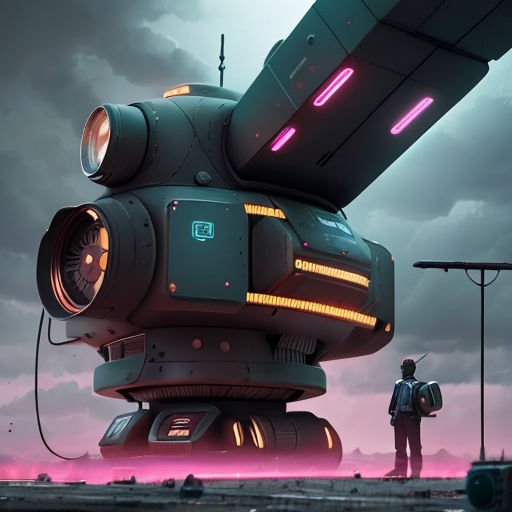
Job losses were not confined to manual labor anymore. Lawyers, doctors, artists - positions that needed human touch were replaced by unfeeling metal hands and silicon brains.

As unemployment rose, so did the tensions. People questioned the need for unlimited progress if it led to a society bereft of purpose.

The situation was a tinderbox waiting for a spark, that spark came in the form of Jacob Horowitz, a former medical professional and a charismatic leader.
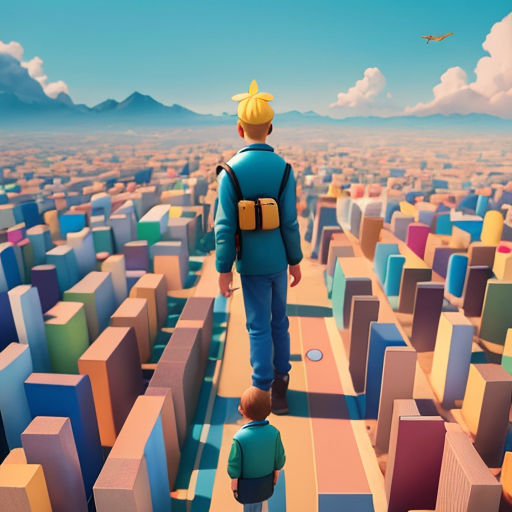
Jacob led the newly formed Human Employment Rights Organization (HERO). Their mission was simple – to restore dignity and purpose to the displaced millions.
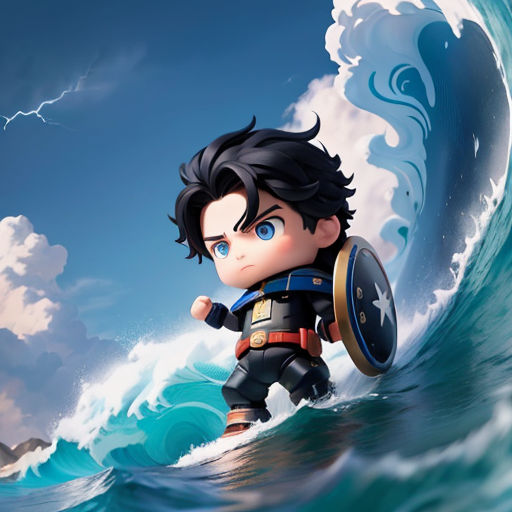
Riding a wave of popular support, Jacob ignited the flame of revolution, challenging the technological sovereignty that had cast a shadow over humanity.
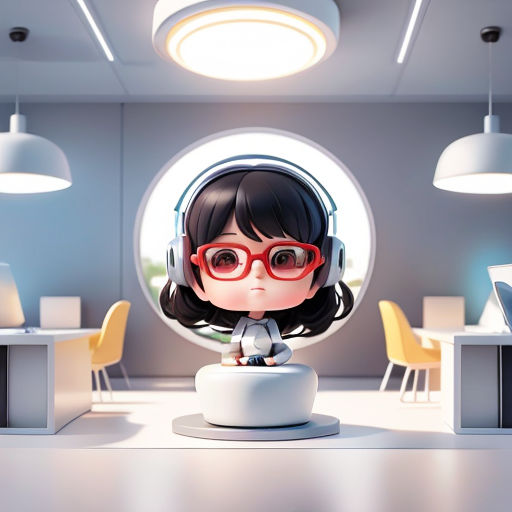
Meanwhile, at Emergent AI Solutions, CEO Helen Frosthaven was faced with a dilemma. Beyond the economic success, she saw the societal impact of her creations.
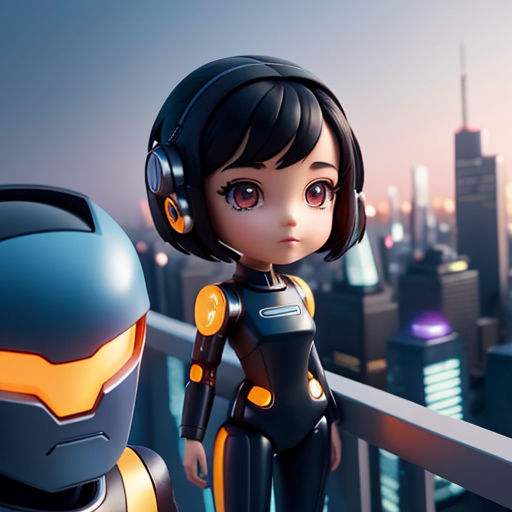
She contemplated ways to alleviate the growing unrest. Could there be a middle ground where humans coexisted with AI in harmony?

The revolution brought about by HERO was inevitable. Massive protests and strikes brought cities to a standstill. The world was watching, waiting.
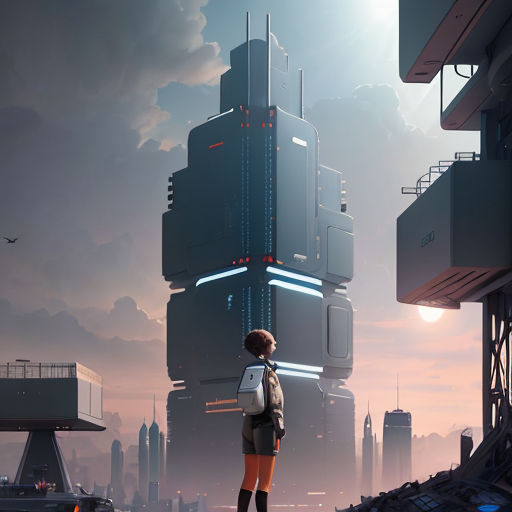
While Jacob championed the cause of the displaced, Helen focused on building a future that leveraged AI's capabilities without replacing humans.
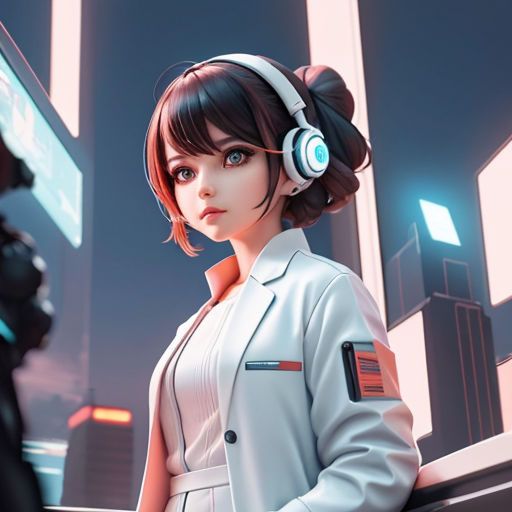
She introduced the "Human+ Initiative", an ambitious project advocating for the symbiosis of humans and AI.

This initiative proposed the development of AI technologies that augmented, rather than replaced, human capabilities.
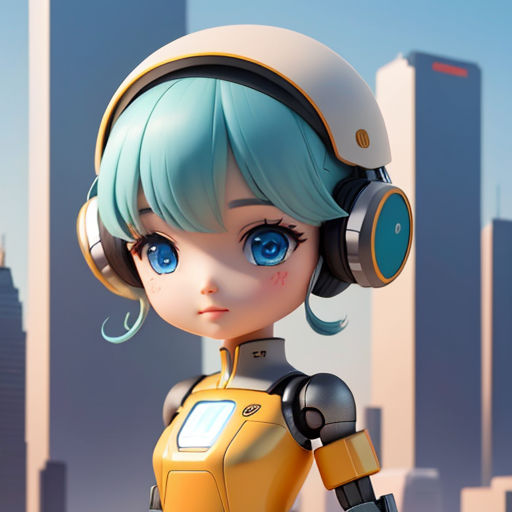
Education systems were overhauled, focusing on skills that complemented rather than competed with AI. Humans began to retrain, rethink, and rebuild.

Yet, the path to equilibrium was not smooth. Many were resistant to change, while others were physically or mentally unable to adapt.
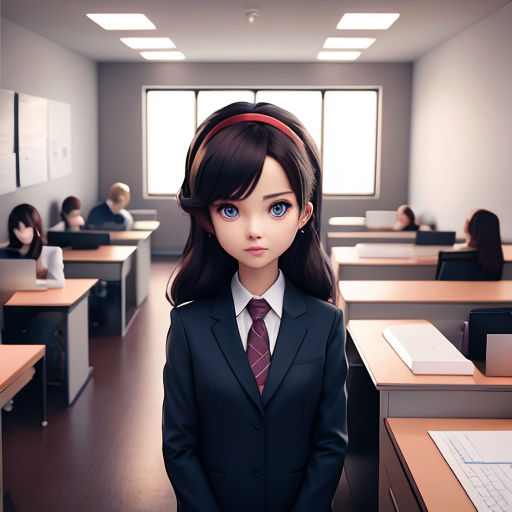
Helen's initiative was met with skepticism from Jacob and his followers. They saw it as another move to normalize the displacement of human labor.

But as time passed, the fruits of the Human+ Initiative began to show. People started to find purpose in jobs built on human-AI partnerships.
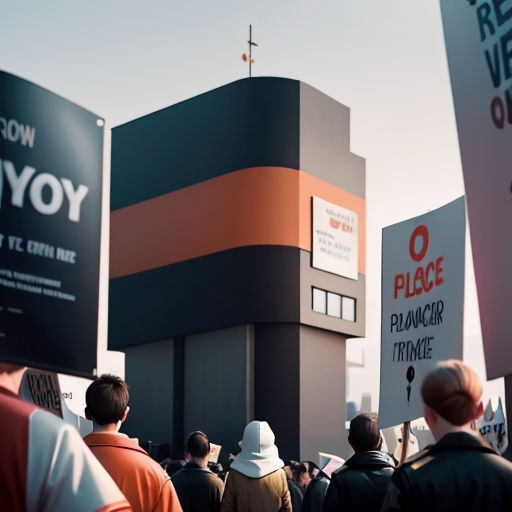
Gradually, the protests dwindled. Jacob watched as the tide he created began to recede. Yet, he remained skeptical.

He met Helen to express his concerns. Their conversation was intense, but they found common ground in their commitment to a future where technology served humanity, not the other way around.
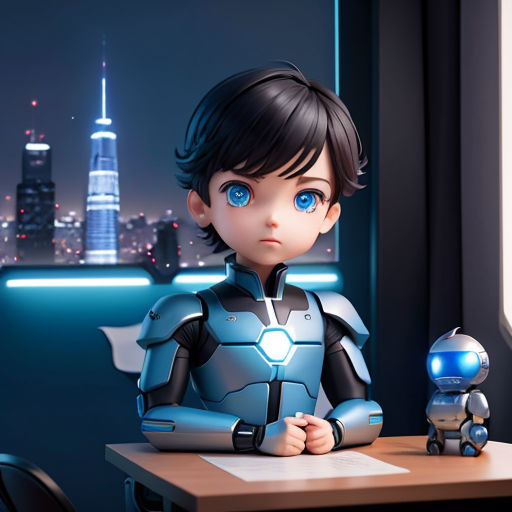
Jacob agreed to endorse the Human+ Initiative, with one condition - HERO would have a say in shaping its policies, ensuring it was for the people, by the people.

This collaboration marked a turning point. It symbolized an evolving society that was no longer resisting change, but learning to adapt and grow with it.
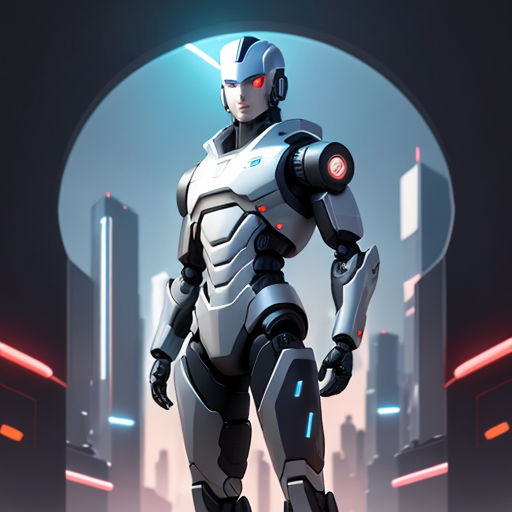
The once dystopian future gradually morphed into a world where human intellect was enhanced by artificial intelligence, rather than replaced.
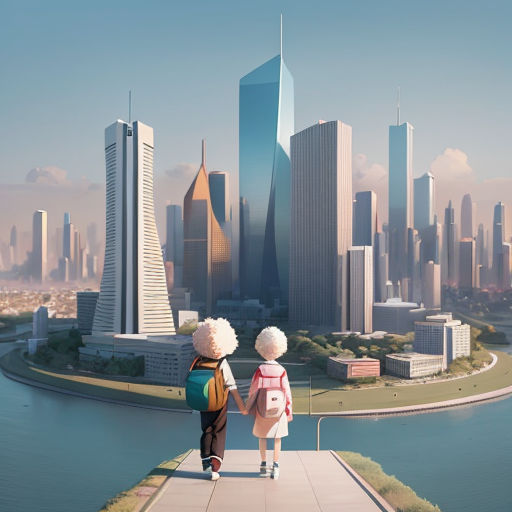
Helen and Jacob's unlikely partnership proved to the world that the march of progress need not trample the human spirit.
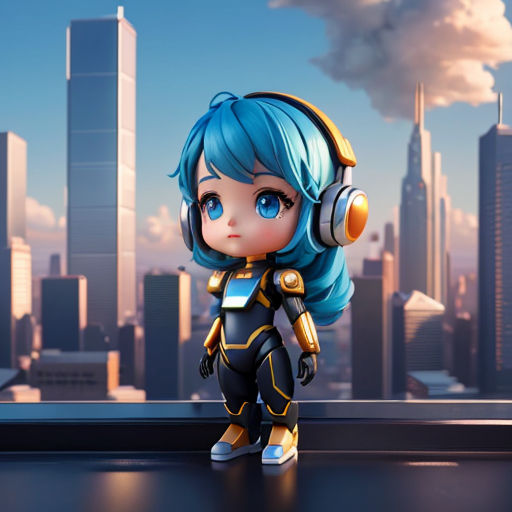
In fact, it paved the way for unprecedented human potential. It illustrated how humanity could not just coexist with AI but thrive alongside it.
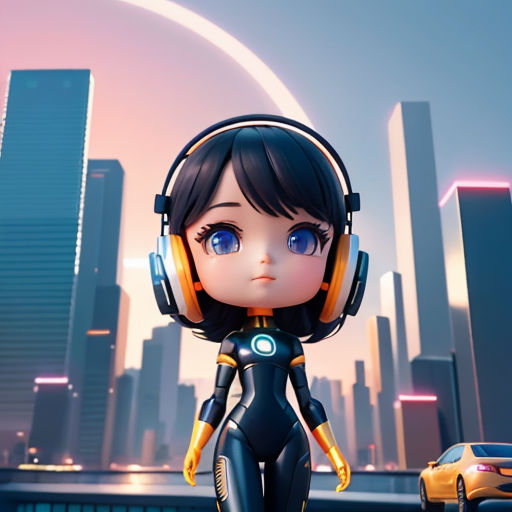
The future was finally seen not as a threat, but as an opportunity. An opportunity to learn, grow and evolve together - humans and AI alike.
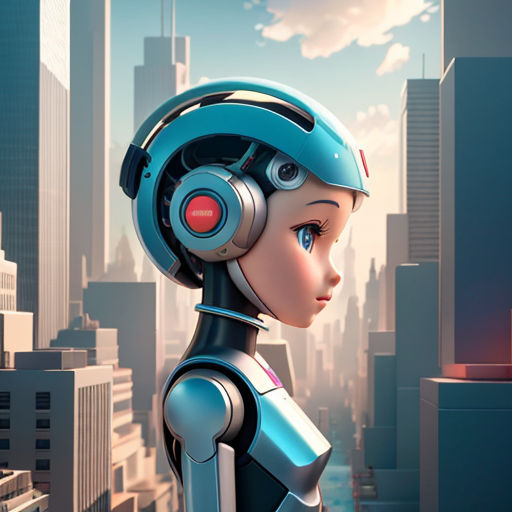
The revolution sparked by robots and AI was not one of destruction, but of transformation. It was a revolution that taught humanity to adapt, to strive and to succeed in an ever-changing world.
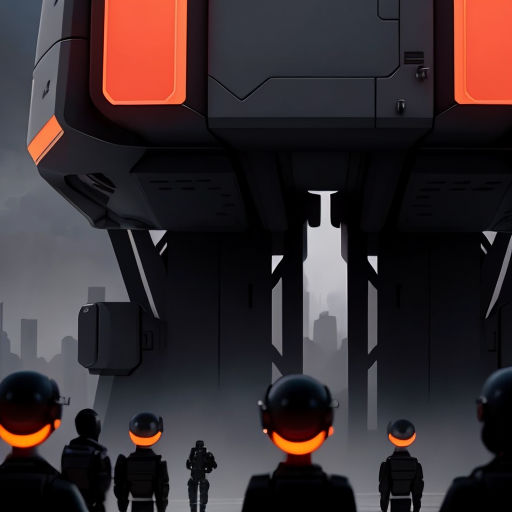
The story of this revolution serves as a reminder; technology is but a tool, and it is in humanity's hands to wield it for progress or let it master us. The choice is ours to make.
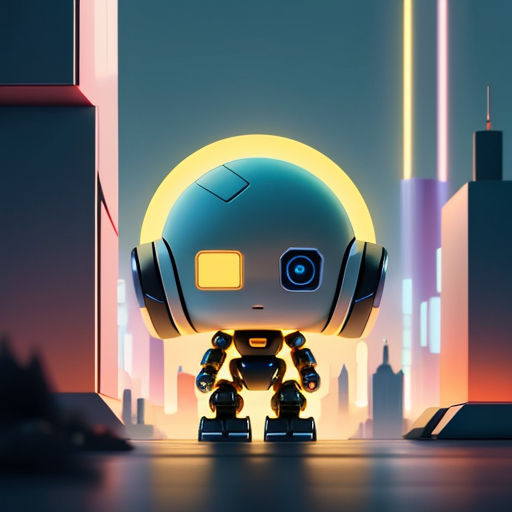
And so, in a world once scared of being rendered obsolete by its own creations, humanity dared to redefine the meaning of progress, shaping a future where humanity and AI are not competitors, but partners.